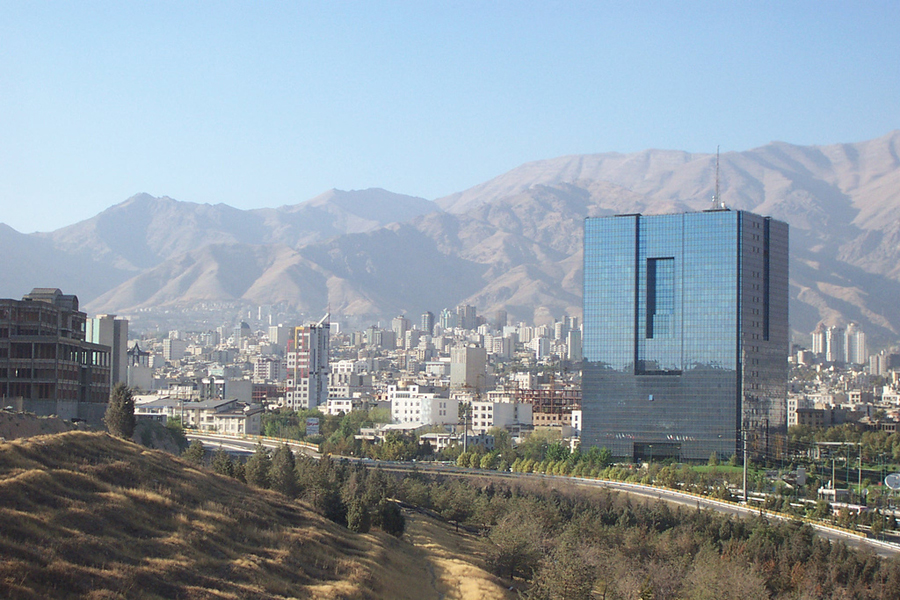
Led by Russia, central banks remained strong buyers of gold in the first quarter of the year purchasing 109 tonnes. This represents the 21st consecutive quarter that central banks have been net purchasers of gold as they continue to diversify away from the US dollar according to the latest World Gold Council report.
Despite the steady buying most developing countries still hold less than 10% of their reserves in gold, compared to 60% or more in places like the US, Germany and Greece. The much higher share in developed economies is mainly a legacy of the Gold Standard, but but even the European Central Bank, established long after the introduction of fiat currencies, holds more than 25% of its reserves in gold.
The central bank of world’s second largest economy China holds less than 2% of its $3.3 trillion in forex in gold, while in the world’s soon to be most populated country India it’s less than 7%.
Kenneth Rogoff, Professor of Economics and Public Policy at Harvard University and former chief economist of the International Monetary Fund writing at Project Syndicate recently made a bold case for central banks in the developing world to stock up on more gold.
Because gold is a highly liquid asset – a key criterion for a reserve asset – central banks can afford to look past its short-term volatility to longer-run average returns
The award winning and often controversial economist and author cannot resist taking a swipe at certain gold bugs “usually American far-right crackpots – who favor a return to the gold standard” but his basic argument makes sense:
Emerging markets hold reserves because they do not have the luxury of being able to inflate their way out of a financial crunch or a government debt crisis. Simply put, they live in a world where a large fraction of international debt – and an even larger share of global trade – is still denominated in hard currency. So they hold reserves of such currencies as a backstop against fiscal and financial catastrophe. Yes, in principle, it would be a much better world if emerging markets could somehow pool their resources, perhaps through an International Monetary Fund facility; but the trust required to make such an arrangement work simply is not yet there.
Why would the system work better with a larger share of gold reserves? The problem with the status quo is that emerging markets as a group are competing for rich-country bonds, which is helping to drive down the interest rates they receive. With interest rates stuck near zero, rich-country bond prices cannot drop much more than they already have, while the supply of advanced-country debt is limited by tax capacity and risk tolerance.
Gold, despite being in nearly fixed supply, does not have this problem, because there is no limit on its price. Moreover, there is a case to be made that gold is an extremely low-risk asset with average real returns comparable to very short-term debt. And, because gold is a highly liquid asset – a key criterion for a reserve asset – central banks can afford to look past its short-term volatility to longer-run average returns.
Rogoff doesn’t put a precise figure on what he believes is the correct percentage central banks should hold in gold, but one study suggested that if all central banks in the world were to hold at least 5% of their foreign exchange reserves as gold, this would require the purchase of almost 8,000 tonnes of gold. That’s less than the US hoard. Around 3,000 tonnes of gold is mined every year.
Picture of Bank Markazi, Iran’s central bank, by Ensie & Matthias